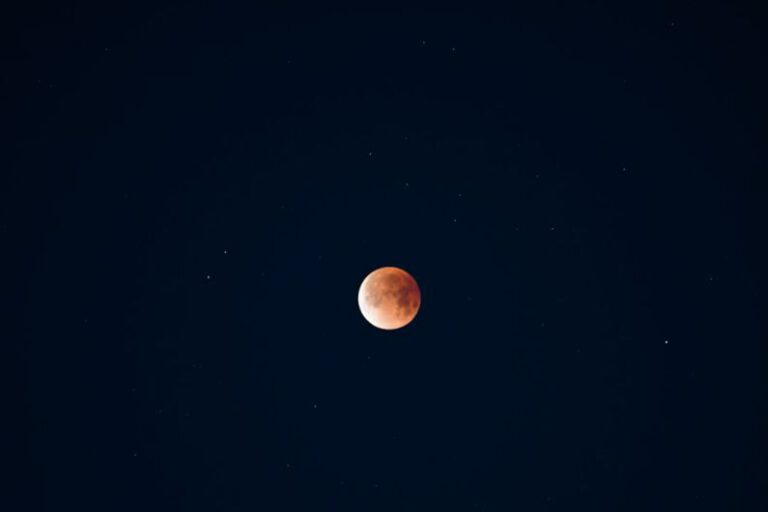Alien Life: What We Might Encounter
The search for extraterrestrial life has captured the imagination of humans for centuries. From ancient civilizations peering up at the stars to modern scientific endeavors like the Search for Extraterrestrial Intelligence (SETI), the quest to discover life beyond Earth continues to intrigue and fascinate us. As our technology and understanding of the universe advance, the possibility of encountering alien life becomes increasingly plausible. But what might these encounters look like? Let’s delve into the realm of possibilities and explore the potential forms of alien life we could one day come across.
The Diversity of Alien Life Forms
When we think of aliens, our minds often conjure up images of humanoid creatures with green skin and large eyes. However, the reality of alien life forms could be far more diverse and bizarre than our wildest imaginings. From microscopic organisms to complex multicellular beings, the potential range of alien life is vast.
Microbial Life
One of the most likely forms of alien life we may encounter is microbial. Microbes are incredibly resilient and can thrive in extreme environments that would be inhospitable to larger organisms. Scientists have discovered microbes on Earth living in environments such as deep-sea hydrothermal vents, acidic hot springs, and even within the icy depths of glaciers. If microbial life exists elsewhere in the universe, it could be similar to these hardy organisms, adapted to survive in harsh conditions.
Complex Life Forms
While microbial life may be the most common form of extraterrestrial organisms, the possibility of encountering complex life forms is equally fascinating. Imagine coming across a planet teeming with strange creatures, each adapted to its unique environment. These creatures could have evolved to withstand high levels of radiation, extreme temperatures, or low gravity, leading to a diversity of forms and behaviors unlike anything we’ve ever seen on Earth.
Intelligent Life
One of the most tantalizing prospects of encountering alien life is the possibility of making contact with intelligent beings. While the idea of communicating with sentient aliens remains firmly in the realm of science fiction, the discovery of technologically advanced civilizations is not entirely outside the realm of possibility. If we were to encounter such beings, it could revolutionize our understanding of the universe and our place within it.
Astrobiology and the Search for Extraterrestrial Life
The field of astrobiology is dedicated to studying the potential for life beyond Earth. Scientists explore the conditions necessary for life to exist, from the presence of liquid water to the availability of organic molecules. By studying extremophiles on Earth, researchers gain insights into the types of environments that could support life on other planets. Astrobiologists also investigate the potential for life to exist in unconventional forms, such as silicon-based organisms or creatures that thrive in methane-rich atmospheres.
The Search for Extraterrestrial Intelligence
One of the most well-known efforts to detect alien life is the Search for Extraterrestrial Intelligence, or SETI. SETI researchers use radio telescopes to scan the skies for signals that could indicate the presence of intelligent civilizations. While SETI has yet to detect any definitive signs of extraterrestrial intelligence, the search continues, fueled by the hope of one day making contact with beings from another world.
Exploring the Solar System and Beyond
As our technology advances, so too does our ability to explore the cosmos. Missions to Mars, Europa, and Titan seek to uncover the secrets of our solar system and shed light on the potential for life elsewhere. The discovery of liquid water on Mars and the presence of subsurface oceans on icy moons like Europa have only heightened our excitement at the prospect of finding alien life.
Conclusion: Embracing the Unknown
The search for alien life is a journey into the unknown, filled with possibilities both awe-inspiring and enigmatic. While we may not yet have definitive proof of extraterrestrial organisms, the universe is vast, and the potential for life to exist beyond our planet is equally vast. As we continue to explore and push the boundaries of our knowledge, we inch closer to the momentous discovery that could forever change our understanding of the cosmos. Until that day arrives, we can only marvel at the wonders of the universe and imagine the myriad forms of life that may be waiting to be encountered.






